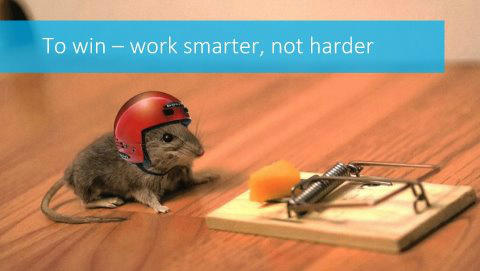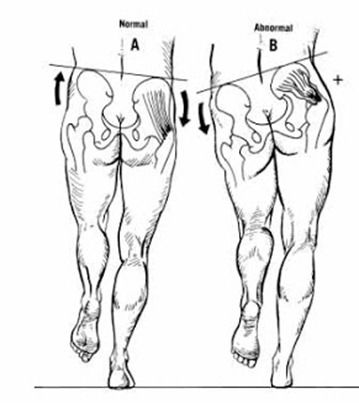Last weekend, a local running club reached out and asked if I would give a short presentation on ancillary activities to help with running. I was asked to prepare something for everyone to do following their January, Saturday tradition back in the mom and pop running store they congregate in.
It is the club’s tradition to hold “Resolution Runs” on the local rail-trail every Saturday morning during the month of January. Two distances are offered; a 2.5 mile and 5 mile run/race. The event leaves little excuse for club members not to attend. The environment low key and often members collect to share in each other’s company opposed to competing. Most are looking forward to thawing with coffee and bagels back at the store.
I joined in for the 5 mile event and held, for me, a tempo pace alongside a local, collegiate running stud, home for winter break, (probably sub marathon pace for him). During the run, we had a great conversation about what exercises he has been doing with his college coach at school. I learned the prehab I had in store for the running club would be new to him and hopefully beneficial for all.
In the final 100m, I pulled a cheeky move and jokingly trying to out sprint my companion for the finish. After a laugh, we cool down with a slow run back to the store. When we arrived many of the 2.5 mile contestants and a few others had already schmear’d their bagels and were half way through a cup of Folgers. Everyone was swapping stories on how the day’s run went, how their training is going so far and what their goals are for the year. It was not long before I started my “presentation” centering on the importance of hip stability and guided them through a prehab routine.
I am a firm believer the majority of running injuries stem from weak hips. Sitting all day, reduced playtime, and general unidirectional movements have left modern runners (especially club and weekend warriors) prone to small nagging injuries. These minor injuries can really halt an athlete’s progression.
Your center of mass (COM) is somewhere around your hips/core when standing tall and all forces involved with running are going to be applied through this point. Running involves one contact point (the feet) at a time and the balance necessary to stabilize and the strength to propel forward. Furthermore, leg forces are going to cause an equal and opposite force on the upper body. Case in point, runners swing their arms as a countermeasure to leg swing. The force travels up the leg, through the hips and core and is countered with a lateral force by the opposite arm.
This pattern is primarily true when the core is strong and stable. However, weak cores and unstable hips tend to sway, drop, rotate or creates an angle that the force must travel through. To better visualize this, we must first understand the physics of the situation. A force acting at a distance from an axis is torque.
Force * Distance (between force application and axis) = Torque
For simplicity, let’s assume the forces (gravity and propulsion forces) will remain consistent and the axis is your COM; leaving the variable in this equation to how stable or unstable your hips are. The further the distance your hips move the greater the torque produced. See these bologna values to get the idea:
10*1= 10 (Stable hips)
10*3= 30 (Unstable Hips)
Greater the distance the greater the torque. Get the idea?
The more the hips move, the greater the [unnecessary] stress on the body is. This shearing stress travels from the feet to the neck causing all sorts of nagging issues. How do we fix this? Simple exercises that I believe can be done at any time.
Before, after or during a completely separate training session perform these simple exercises. I promise you, none of these exercises will take away from the day’s workout. In fact, most of my athletes and clients feel better, even stronger, in the run having used these exercises as a warm-up; myself included. The goal is to reactivate and strengthen many of small dormant muscles in and around our hips that are not used in modern daily life.
The following exercises are not rocket science, therefore I am not going to keep them a secret. I would dare say all runners would benefit more from running 5 minutes less each day to accommodate these exercises into his or her schedule. Please feel free to follow this routine on your own (at your own risk). Check Youtube for any exercise you are not sure about:
Hips:
| Lateral Leg Swing |
10/side |
| Forward Leg Swing |
10/side |
| Body Wt Squat |
10 |
| Single Leg Dead Lift |
5-10/side |
| Lunge Split Jump |
8 |
| Clam Shells |
10/side |
| Side Plank Dips |
10/side |
| Fire Hydrant |
10/side |
| Adductor Leg Lift |
10/side |
| 3-way Lunge Matrix |
9 (3*3steps) |
A core/abs routine should also be added to your training.
There are many other areas to improve imbalances and prevent injuries. I believe strengthening the hips and core can have one of the largest, positive impacts.



You must be logged in to post a comment.